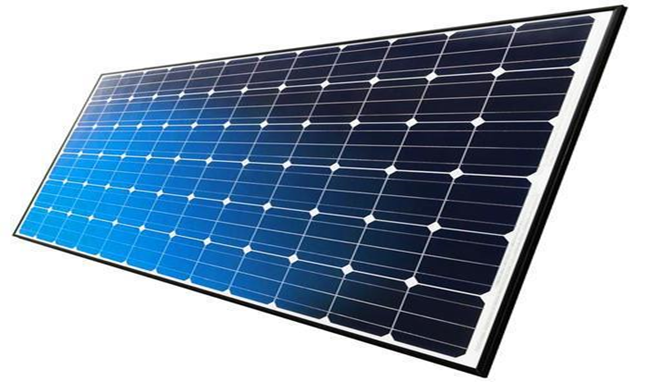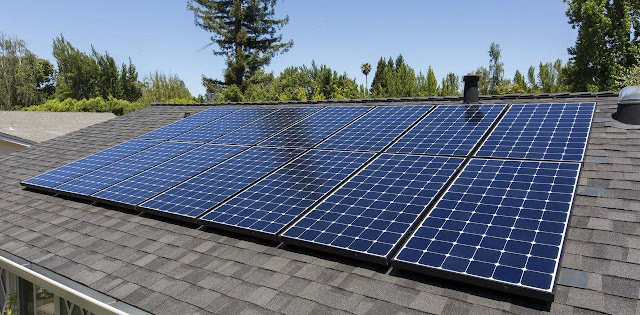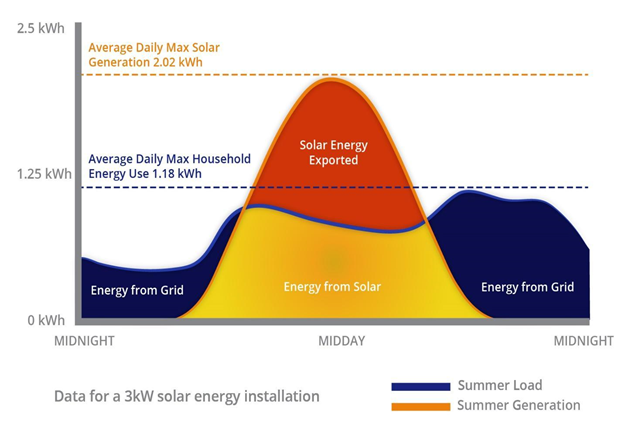All you need to know about different types of solar panels
Depending on the
appearance, cost, performance efficacy, and installation process, there are
majorly three types of solar panels available in the market:
●
Monocrystalline
●
Polycrystalline (also called as
multi-crystalline)
●
Thin-film
Most commonly sold solar panels are Monocrystalline and
Polycrystalline. Thin-film solar panels are rarely used, so you don’t need to
worry about them for installation. The type of each panel is determined by the
cells comprised in it. Each PV (photovoltaic) cell has its own specific
characteristic, making each panel suitable depending on the conditions of
installation.
Both Monocrystalline and Polycrystalline solar panels both are
considered among the most reliable and efficient ones. Regardless of the type
of panel, what is most important is the quality of the material and model you
choose and how well they are installed by solar retailer Sydney. Instead of worrying
about whether you should go for mono or poly, check with the best solar company in
Sydney to see if the recommended panels have a good warranty and the
manufacturer has a good appearance.
Monocrystalline Solar Panels
●
High efficiency
●
Dark black colour
●
Slightly more expensive than Polycrystalline
Monocrystalline solar
panels are mostly used for rooftop solar installations nowadays. Mono cells can
be identified easily by looking at their single flat colour. They are manufactured using the ‘Czochralski’ method where a
silicon crystal ‘seed’ is placed in a vat of molten silicon. As a result, it forms a silicon crystal, also called an ingot. It
is then finely cut into silicon wafers that are used as solar modules.
Polycrystalline Solar Panels
●
High efficiency
●
Light or dark blue colour
●
Occupies more roof space as compared to
monocrystalline for the same output.
Polycrystalline panels or multi-crystalline panels have also
become popular in homes committed to green energy but on a tight budget. Like
monocrystalline solar panels, polycrystalline modules are made of silicon
cells.
They differ only in the cooling process, where several crystals
are formed instead of one. Even if
polycrystalline panels require a little more ceiling space, if you have the
ceiling space and the product you're comparing is a bit cheaper than the mono
option, it probably doesn't matter. It doesn't matter what you choose.
Thin-film Solar Panels
●
Efficiency is less as compared to
Monocrystalline and Polycrystalline.
●
Occupies more space than Mono and Poly.
●
Solid black in colour
Thin-film cells are commonly used in large-scale utility and
industrial installations because of their low-efficiency ratings. They are made
by placing a layer of photovoltaic material on a surface (such as glass). These
photovoltaic materials include a-Si (amorphous silicon), SiGs (copper indium
gallium selenide), and CdTe (cadmium telluride).
Thin-film panels are made by depositing a photovoltaic material
on a solid surface such as glass. The photovoltaic materials used to vary and
many combinations of substances have been successfully used commercially.





Comments
Post a Comment